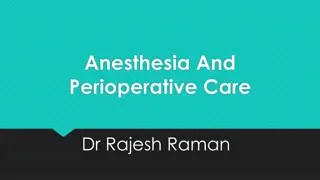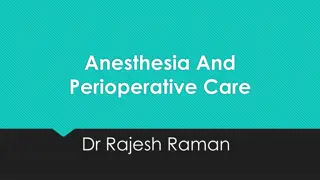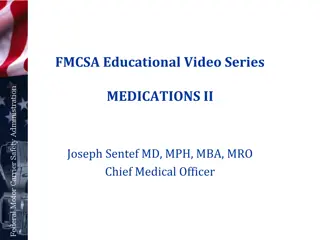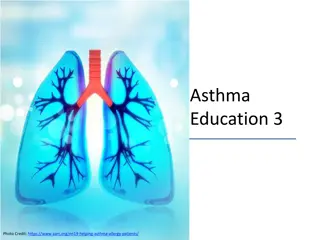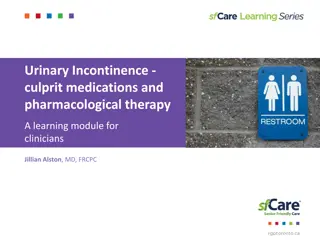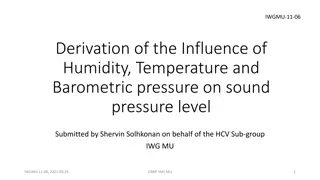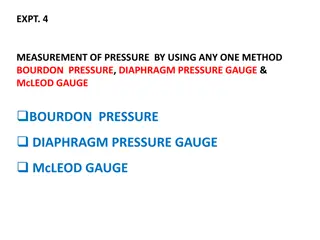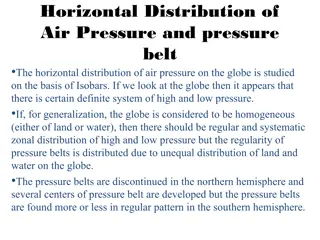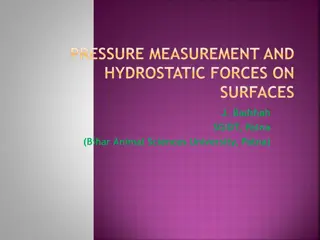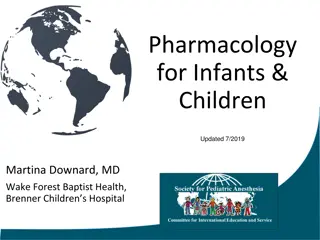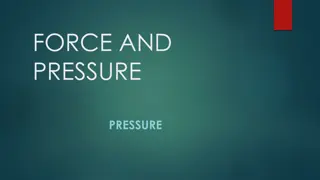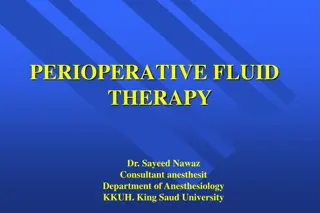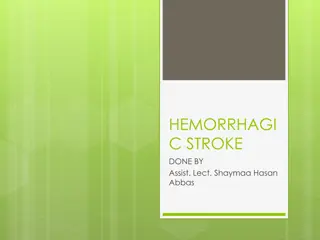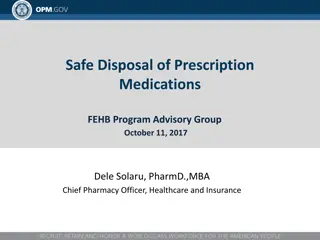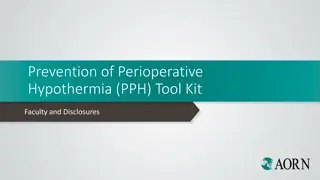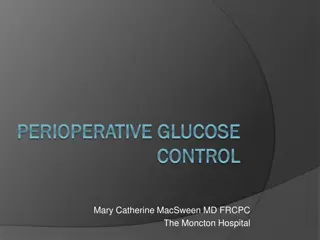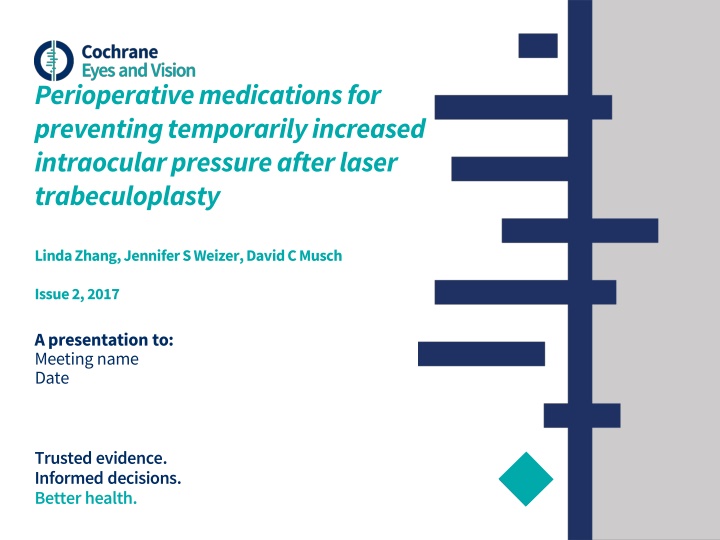
Perioperative Medications for Preventing Increased Intraocular Pressure
Intraocular pressure spikes can occur after laser trabeculoplasty, but perioperative medications can help prevent this in patients with open-angle glaucoma. Results from randomized controlled trials show a lower risk of IOP increase with certain medications. Further research is needed for some comparisons.
Download Presentation

Please find below an Image/Link to download the presentation.
The content on the website is provided AS IS for your information and personal use only. It may not be sold, licensed, or shared on other websites without obtaining consent from the author. If you encounter any issues during the download, it is possible that the publisher has removed the file from their server.
You are allowed to download the files provided on this website for personal or commercial use, subject to the condition that they are used lawfully. All files are the property of their respective owners.
The content on the website is provided AS IS for your information and personal use only. It may not be sold, licensed, or shared on other websites without obtaining consent from the author.
E N D
Presentation Transcript
Perioperative medications for preventing temporarily increased intraocular pressure after laser trabeculoplasty Linda Zhang, Jennifer S Weizer, David C Musch Issue 2, 2017 A presentation to: Meeting name Date Trusted evidence. Informed decisions. Better health.
Table of Contents 01 Background 02 Typesof studies 03 Key results 04 Tables (Risk of Bias/Forest Plots) 05 Conclusions 06 Acknowledgements
01: Background Intraocular Pressure (IOP) is the only known modifiable risk factor for glaucoma Laser trabeculoplasty (LTP) reduces IOP, but can cause initial spikes in IOP elevation Perioperative glaucoma medications may help prevent increased IOP following LTP How effective is perioperative medication in preventing temporarily increased IOP following LTP in patients with open-angle glaucoma?
02: Types of studies Participants 22 randomized controlled trials, 2112 participants with open-angle glaucoma undergoing laser trabeculoplasty Interventions 1. Perioperative antiglaucoma medication versus none/placebo 2. One perioperative medication versus another 3. The same medication administered before versus after LTP
03: Key results the medication group had a lower risk of IOP increase of 10 mmHg or greater within two hours compared with the no medication/placebo group (risk ratio (RR) 0.05, 95% confidence interval (CI) 0.01 to 0.20) In our comparison of brimonidineversus apraclonidine, neither medication resulted in a lower risk of increased IOP of 5 mmHg or greater two hours of surgery
03: Key results (continued) In our comparison of apraclonidine versus pilocarpine, we had insufficient data to perform meta-analyses to estimate effects on either of the primary outcomes In the comparison of medication given before LTP versus the same medication given after LTP, we had insufficient data for meta-analysis of IOP increase within two hours.
04: Tables IOP increase of >mmHg 2-24 hours after LTP
04: Tables IOP increase of >5 mmHg 2-24 hours after LTP
04: Tables IOP increase of >5 mmHg 2-24 hours after LTP
05: Conclusions Perioperative medications are superior to no medication or placebo to prevent intraocular pressure (IOP) spikes during the first two hours and up to 24 hours after laser trabeculoplasty (LTP). Future research on this topic could be with participants who have been using these antiglaucoma medications for daily treatment of glaucoma before having LTP to see whether there is a difference in their response to the medication given perioperatively.
06: Acknowledgements Cochrane Eyes and Vision US Satellite, funded by the National Eye Institute, National Institutes of Health Cochrane Eyes and Vision Editorial Base, funded by the UK National Health Service Research and Development Programme Christopher J Brady, Andrea C Villanti, H Andrew Law, Ehsan Rahminy, Rahul Reddy, Pamela C Sieving, Sunir J Garg, Johnny Tang Review citation Brady CJ, VillantiAC, Law HA, RahimyE, Reddy R, Sieving PC, Garg SJ, Tang J. Corticosteroid implants for chronic non-infectious uveitis. Cochrane Database of Systematic Reviews 2016, Issue 2. Art. No.: CD010469. DOI: 10.1002/14651858.CD010469.pub2.


